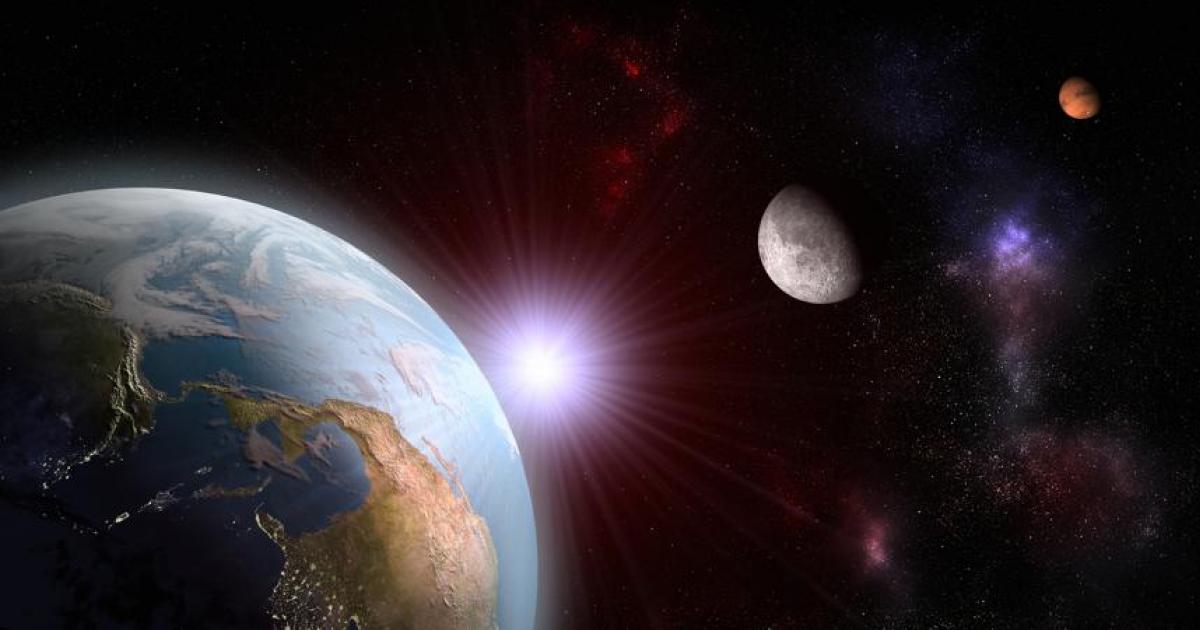What planets do you know?
Venus, Mercury and Mars.
When does the event start and end?
Tuesday through Friday.
The Qatar Calendar House has announced that each of the three planets in the solar system will fall next to the moon at different times in January, indicating that residents of the state of Qatar and all countries in the Arab region will be able to see and observe the three planets.
According to the Qatar News Agency (QNA), today, Sunday, the astronomer of the Qatari calendar, Bashir Marzouk, said: “Venus, the brightest planet in the solar system, will be approaching its crescent in the early hours of the first month of Jumada. Tuesday, January 12. “
Marshook said Venus will be one and a half degrees north of the crescent center, and residents of Qatar will be able to see and observe Venus and the Moon together with the naked eye above the eastern horizon in the dawn sky. After the moon until sunrise on Tuesday.
He showed that it is the smallest planet in the solar system; At dawn on Thursday, January 14, the crescent of the month of Jumada al-Thani will reach its nearest point, indicating that the angular distance between them will be two and a half degrees north of the center of the crescent.
Residents of the state of Qatar can see the crescent and Mercury together above the western horizon in the evening sky, from Doha local time on Thursday (5:06) to one hour and 6 minutes, until Mercury sunset on Wednesday (6:12).
On Thursday evening, January 21, Marzouk indicated that Mars would reach the nearest point to the moon in the month of Jumata al-Thani.
He added, “Mars is five degrees north of the Moon, and residents of Qatar and the Arab world can see Mars and the Moon together with the naked eye in the middle of the sky, from sunset on Thursday to 18 midnight on Friday in Doha. Minute. “
The significance of these astronomical phenomena is that they provide a good opportunity to observe and observe the planets and the moon together at the closest point in time, in addition to confirming the accuracy of the astronomical calculations used in calculating the orbits of the planets and stars.


:quality(85)/cloudfront-us-east-1.images.arcpublishing.com/infobae/7TXNTX4Z6ZADNGBBYTUT45QETM.jpg)


